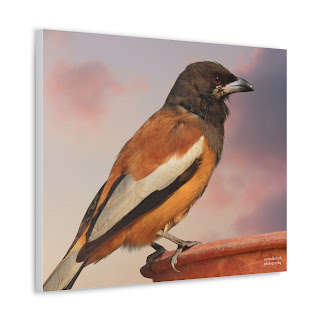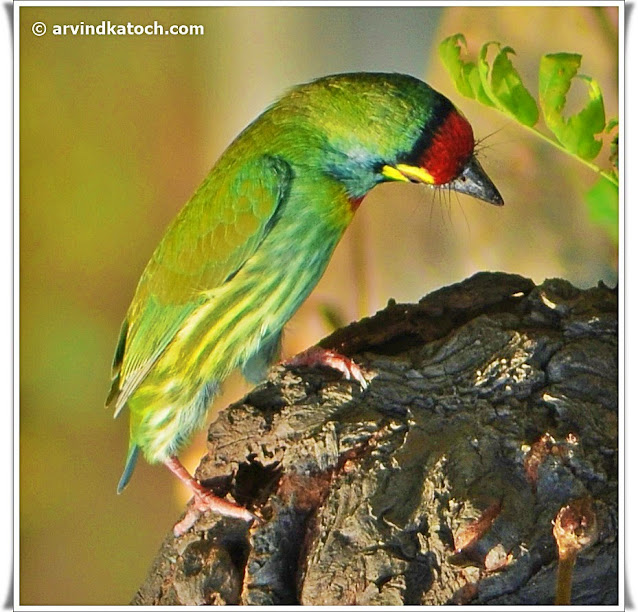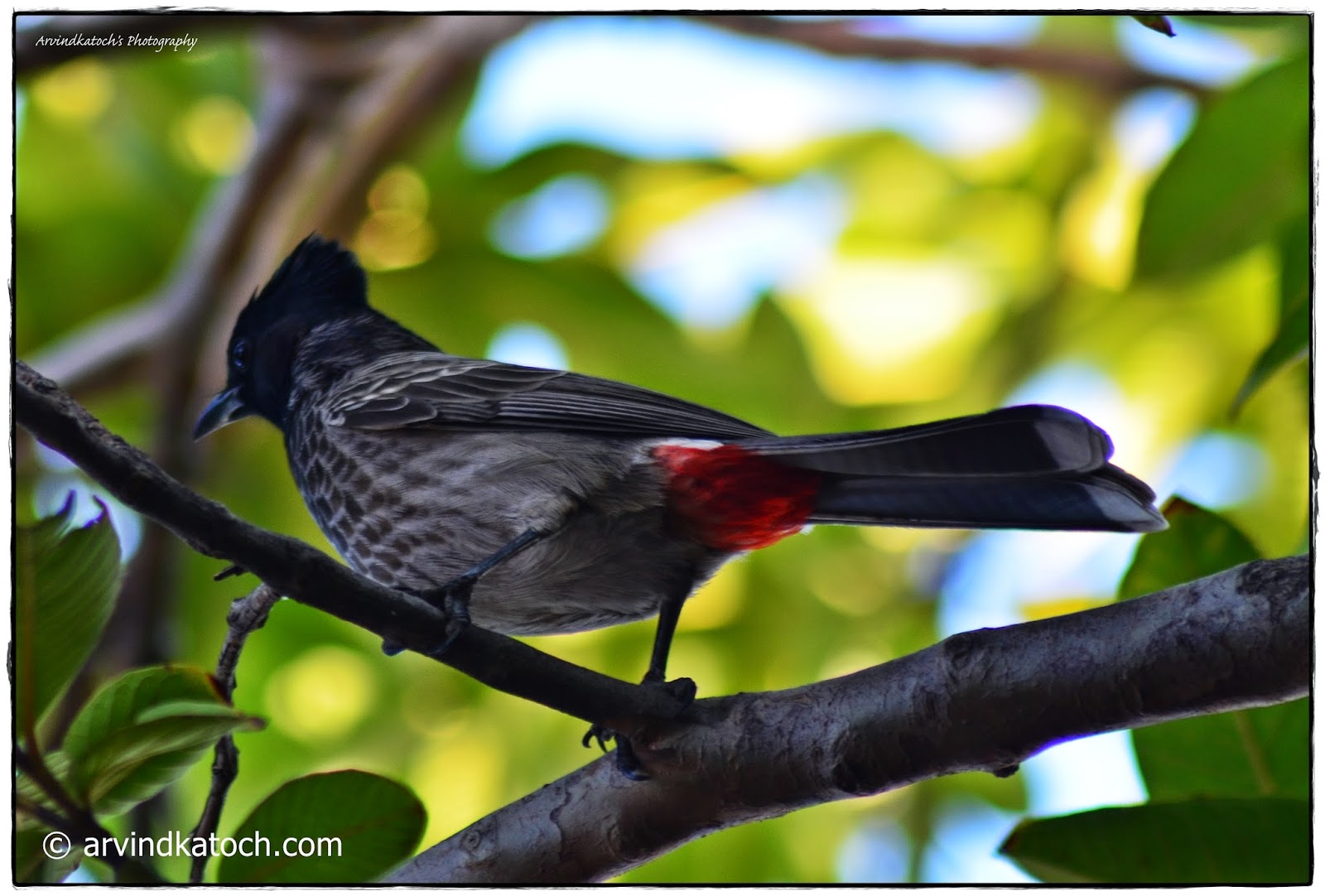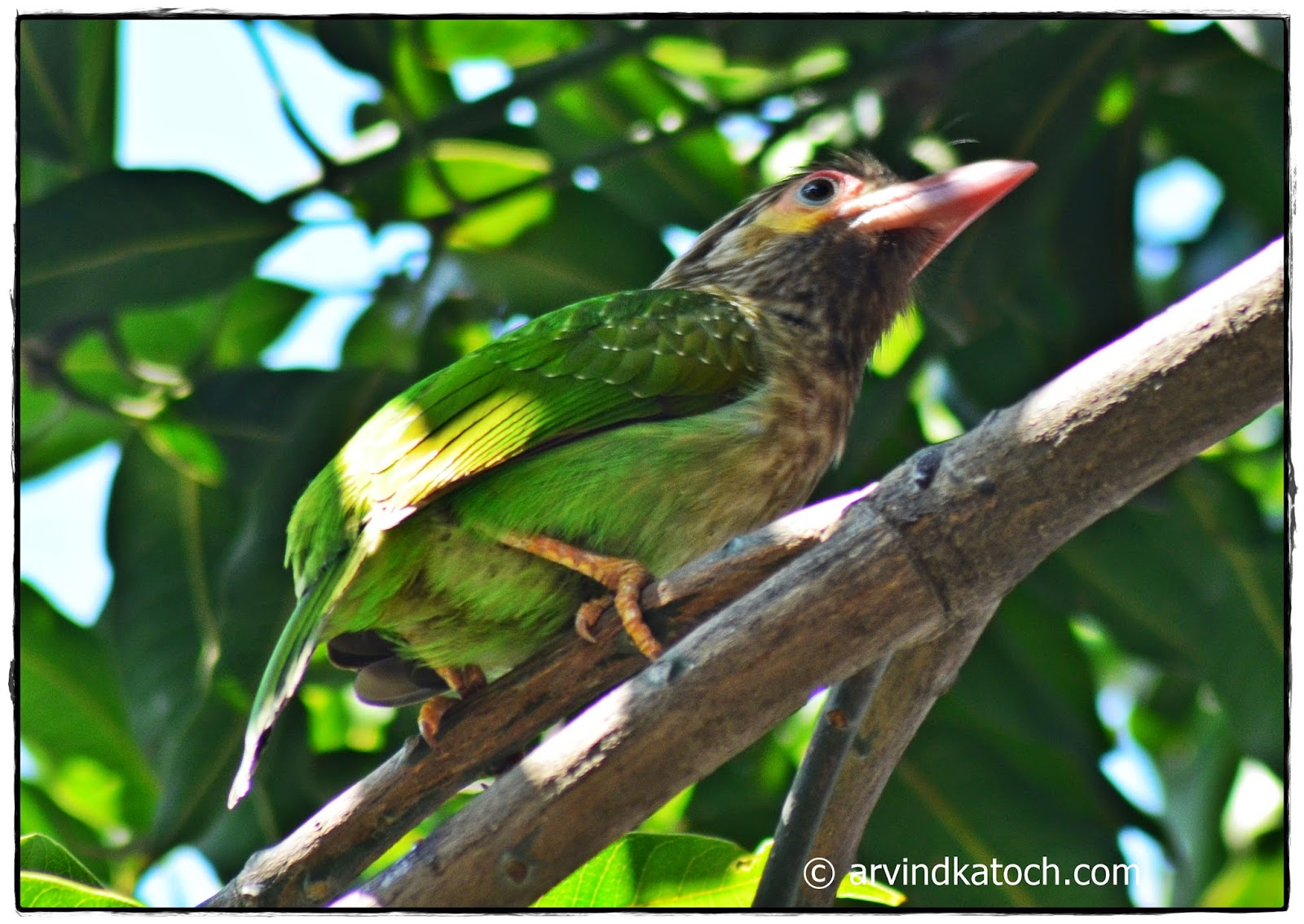The Rufous Treepie Pictures and Detail (Dendrocitta Vagabunda) Beautiful Long Tailed Bird
 |
| Rufous Treepie |
The Rufous Treepie (Dendrocitta Vagabunda) Pictures and Detail (Beautiful Long Tailed Bird)
The first time I saw Rufous Treepie was when I followed its musical calls. I was sitting in my room and I heard the sweet musical calls of a bird; therefore, I
Get the Above Rufous Treepie Image Canvas for Home Decor-
You can get the above picture of Rufous Treepie as a Canvas for the home or wall decor. This Rufous Treepie Canvas is a great gift for all bird lovers. Rufous Treepie is quite a friendly bird and is loved by many people. The Canvas prints are available in multiple sizes. Buy this Rufous Treepie Canvas
This was my first encounter with Rufous treepie and it resulted in the picture above. The best thing I found about this bird was its great musical calls which make it easy for you to feel its presence.
 |
| Rufous Treepie Drinking Water |
The Rufous Treepie is one of the common birds of the crow (Corvidae) family. I mostly found this bird alone and it doesn't seem to be afraid of humans much.
 |
| A bird with very Sweet Voice (Rufous Treepie) |
The best way to recognize Rufous Treepie is through its long tail and loud musical calls. I like their musical calls and enjoy them when one such bird is around. However, the problem with Rufous Treepie is that it doesn't remain stable at a single place for a long time.
 |
| The Rufous Treepie on Tree |
Sometimes, we can notice this bird in urban homes looking for insects in the electricity pipe holes. In general, they are found in agricultural lands, villages, and forests. The Rufous Treepie has a white patch on their wings.
These birds are found throughout India, though, in the Himalayan region, we find its other variety i.e. Grey
 |
The sexes of Rufous Treepie are alike. They also found in Myanmar, Laos, and Thailand. These birds, mainly eat fruits, seeds, insects, small reptiles, etc. These birds are very adaptive and opportunistic in nature like crows. In general, we can say that their behavior is quite similar to crows.
These birds are believed good for some cultivations because they eat harmful insects. Rufous Treepie can come very close to human beings.
 |
| Rufous Treepie at Home |
Rufous Treepie is one of the common home visiting birds; though, they are not very common like Crows and Myna. When they are not making musical calls, then they do their work very silently and we hardly notice them.
 |
The long Tail is characteristic of Rufous Treepie and we can find a black tip at its end. It is very interesting to see this bird from below when they fly with their wings open.
In the picture below, you can see a Rufous Treepie looking for insects in an open hole in the pipe.
 |
| Rufous Treepie looking for insects |
Rufous Treepie also helps many animals like deer by eating irritants from their body. In general, Rufous Treepie looks to be a very useful bird that cleans our system and sometimes entertains us with its sweet voice.
Watch the Video of Rufous Treepie making strong Calls-
The Rufous Treepie (Dendrocitta vagabunda) is a colorful and highly vocal bird species found in South Asia. Here are some main points about the Rufous Treepie:
Appearance: Rufous Treepies are medium-sized birds with distinctive reddish-brown plumage on their backs and wings.
They have a black crown, face, and throat, with a white patch around their eyes.
Their tail is long and graduated with black and white markings.
Distribution:Rufous Treepies are native to the Indian subcontinent and are found in countries like India, Nepal, Bhutan, Bangladesh, and Sri Lanka.
Habitat: These birds are highly adaptable and can be found in a variety of habitats, including forests, urban areas, gardens, and farmlands.
Diet: Rufous Treepies are omnivorous and have a diverse diet. They feed on fruits, insects, small vertebrates, eggs, and even human food scraps. They are known to raid the nests of other birds to eat eggs and nestlings.
Behavior: Rufous Treepies are known for their loud and melodious calls, which can be heard throughout the day. They are often seen hopping and flying between trees and are agile and acrobatic in their movements.
Social Structure: These birds are usually seen in pairs or small groups, and they are known to be quite territorial.
Breeding: Rufous Treepies build cup-shaped nests made of twigs and sticks in the canopy of trees.
They lay a clutch of eggs, typically numbering 3-5, and both parents share the responsibilities of incubation and feeding the young.
Conservation Status: Rufous Treepie is not considered globally threatened, and its population appears to be stable.
Role in Ecosystem: They play a role in controlling insect populations and may aid in seed dispersal through their feeding habits.
Cultural Significance: In some Indian cultures, the Rufous Treepie is considered a harbinger of good or bad luck, depending on its behavior and calls.
It is also featured in folklore and stories in various regions.
These are some key points about the Rufous Treepie, a bird known for its striking appearance and lively presence in the South Asian landscape.













Comments
Post a Comment